
It is wonderful to be home from Liberia, Africa. So much was accomplished, more than we would have imagined. It's a 33 hour trip into Liberia counting the layovers and to and from the airports. Nearly 20 hours in the air.

You can click on the pictures to enlarge. In this picture I'm with my Liberian friends. We avoided any travelers sickness, accidents or incidents! Malaria is very present in Liberia, but this time I refused preventative medication and I didn't use a mosquito net and did fine! In addition to preaching the Good News of Jesus in the city, market places and bush, I did everything I could to locate beekeepers in Liberia and came up with nothing. I was told that occasionally someone may cut down a tree with bees in it and harvest the honey, but no one keeps bees in boxes. That's too bad because I think it could be a real advantage. I realize that they would probably become

Africanized, but many people have learned to deal with Africanized hives.
Getting back home is great, but trying to get back in the saddle is tough. And retuning phone messages and emails is a huge task along with keeping up with hive production.
I want to continue my previous lesson about spring management of over wintered hives. In my last lesson, I spoke to late winter techniques to help the hive survive. Now, what should we do once the weather warms up. Ready your bees for incoming nectar stores by a) Rotating deep brood boxes and or b) making splits.
All beekeepers want their hives to survive and most beekeepers want to split their hives so they can add more hives to their operations. And all beekeepers will experience their hives swarming. So if our hives are going to swarm any way, and since we also want to split our hives to make additional hives, then we should produce a split, which is basically a controlled swarm. I addressed making splits in
lesson 15. But I'll elaborate a bit more here, now that it is almost time to make splits. But first, here are some spring management items you need to tend to.
Clean house! Your bees will do the work for you, but you can help them out by cleaning your bottom boards of dead moldy bees. Clean out any lingering mouse nests. Replace any damaged frames or comb.
Next, you've got to move the brood area down to the bottom of the hive. This is easily done by rotating the two brood boxes as shown below. This is very important as the extra space above the brood area will allow the hive to build up faster in the spring.

Depending on the climate where you live a split should not be made until the nights will not drop below 50 degrees. I usually am okay with 40 degree nights, but remember a small split does not have the population needed to keep warm in case of a cold snap in April.
Next, choose a hive that is large in population. If your hive is too small, splitting it will simply make two really small hives and may cause both to die. Here's a check list for a hive that qualifies to be split:
1) Make sure your hive has a queen that has been laying good brood and that 1-2 day old eggs are present throughout the brood frames.
2) Make sure the hive you are wanting to split has almost become congested with bees.
In other words, chose a strong and healthy hive to split.
Now, remove 4-5 frames that contain bees, stored pollen, eggs, larvae, sealed brood and honey. Place these frames in either a deep hive body or a nuc size hive body. An entrance reducer cleat should be used on the new split. This is to prevent robber bees from attacking the smaller hive and stealing honey.
Next, it will help if you can move your new split a considerable distance from their old hive. 3 miles would be perfect, but usually is not an option. So if you must keep it on a smaller piece of property, then move it as far as possible from the original hive, and place something in front of the hive so that as soon as the bees fly out, they will have to take a new reading of their location. A fallen branch works nicely or a lawn chair. But try to place it close enough so that the bees must fly through the obstruction. Leave it there for 2 days. After two days you can remove the obstruction and the bees will have re-orientated to their new location.
Either the old hive or the new split will have the original queen. But, it doesn't matter as long as both have 1-2 day old eggs. The split without a queen will realize they need a queen and should raise their own queen from the fertilized eggs. This is usually not a problem in the month of May.
In 1 week, check both hives to be sure the queen is in one, and a queen cell is being built in the other.
If you moved your hive 3 miles away, after a week or two you can move it back anywhere on your property. They will take a new reading and find their hive just fine.
Feed your split sugar water and pollen substitute for 2 weeks.
Finally, your next task will be supering your hives. WARNING!!!! Do not get caught off guard. You will be shocked when you see how fast the bees can fill up one honey super. Do not wait and try to get supers during your nectar flow. You must have all honey supers on hand in April so that you can place them on the hive prior to the first major nectar flow. You cannot err by putting on supers too early. And remember, all your supers should be on the hive by the 4th of July.
BEEKEEPER'S CALENDAR FOR APRIL
 APRIL AND THE BEESClick on the image to enlarge.
APRIL AND THE BEESClick on the image to enlarge.Now the bees are almost fully operational. There will still be a few cold snaps, especially in early April, but by the last two weeks, the weather is good for bees to rapidly expand and to even start bringing in more and more nectar and pollen. The queen is laying well now. The hive is expanding.
APRIL AND THE BEEKEEPING: Keep feeding! Feeding helps the bees build up. No supers are on your hive yet, so their intake of sugar is not going into your honey product. You are just feeding to help the hive off to a great start. Keep the pollen patties on top too. Remove entrance reducers.
April can be cold and wet which means that your bees may have limited opportunities to fly out for food. So you must continue to inspect the hive to be sure they have enough food stores. Also, inspect your hive for any abnormalities. You want to see a solid brood laying pattern from your queen. If not, consider replacing her now!
Reverse your brood chambers! This is extremely important as it gives more space for the queen to lay. Simply take the top deep brood chamber and place it on the bottom board and place the one that was on the bottom on top.
If your bees are no longer taking the sugar feeding, discontinue, put supers on, as the bees will now begin to collect dandelion nectar and nectar from Maple trees, Locust trees and other early Spring flowering plants and trees.
This is a great time to equalize your hives. You may have to combine weak hives with strong ones.
Our hives are in high demand and while we are very happy to have so much business, we are working hard to fill the orders. Please be patient with us.
And it is not to late to place your hive order! We also carry a full line of beekeeping suits, extractors, medicines...and most everything else related to beekeeping. Just give us a call for all your beekeeping needs.
Check us out on the web at:
www.honeybeesonline.com Or, call us at 217-427-2678 or Email us at:
david@honeybeesonline.comSee ya next time and remember, BEE-Have Yourself!

David & Sheri Burns, Long Lane
Honey Bee Farms
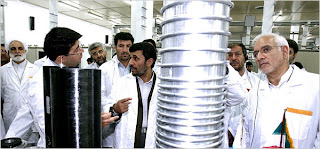 Now I don't know much about Iranian fashion - but these shoes below really don't go well with white lab-coats:
Now I don't know much about Iranian fashion - but these shoes below really don't go well with white lab-coats:


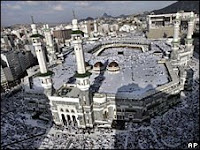

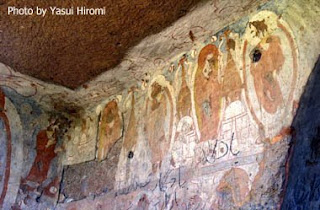
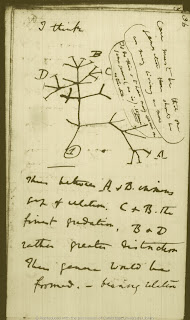

















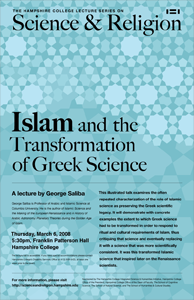

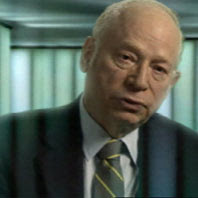


.jpg)





0 comments:
welcome to my blog. please write some comment about this article ^_^